Art is a way of understanding and representing reality by creating special products - works capable of eliciting an emotional response from people. Alongside science, art is used by humanity to perceive and comprehend the surrounding world properly. The most important function of art lies in satisfying two spiritual needs of human beings: the love for the beautiful and the desire to experience aesthetic pleasure.
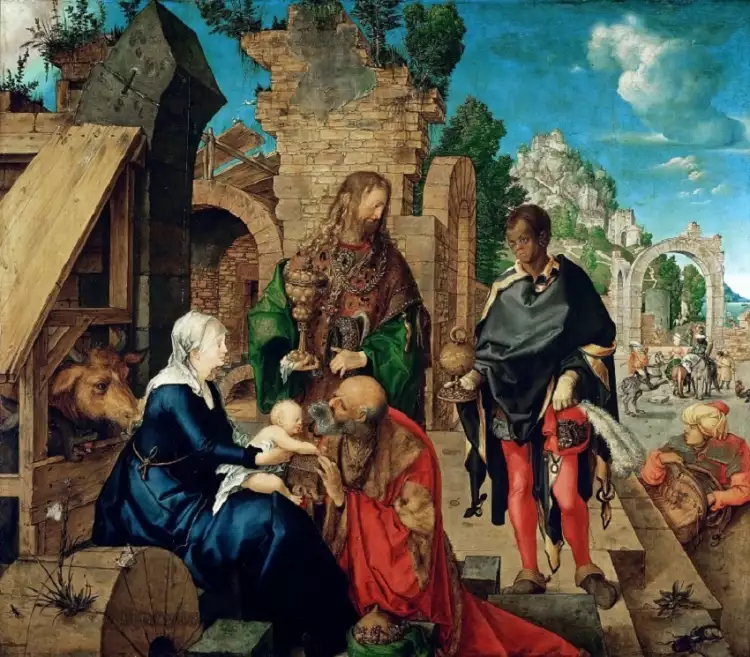 Art. Albrecht Dürer. Adoration of the Magi
Art. Albrecht Dürer. Adoration of the Magi
Art also helps shape public consciousness, stimulating the emergence of new thoughts and ideas through the sensations experienced by individuals. It can take on various forms and serve diverse purposes, ranging from sublime and noble to base and repulsive.
Types and genres of art
Art is a very comprehensive concept, encompassing a vast array of ways to manifest the author's ideas. Types of art are classified based on the following parameters:
- Subject of representation - representational (depicting the real world) and non-representational (expressing the inner world of the human being through expressive means).
- By dynamics - spatial (characteristic of specific locations) and temporal (corresponding to particular historical epochs).
- By utility - fine art (serving purely aesthetic functions) and applied art (additionally demanded in daily life).
- By materials used - traditional artistic materials (paints, clay, granite, marble, wood, metal), modern means of processing and storing information (computer graphics, digital painting), sound (musical compositions), words (prose, poetry, calligraphy), and human performers (singers, actors, clowns).
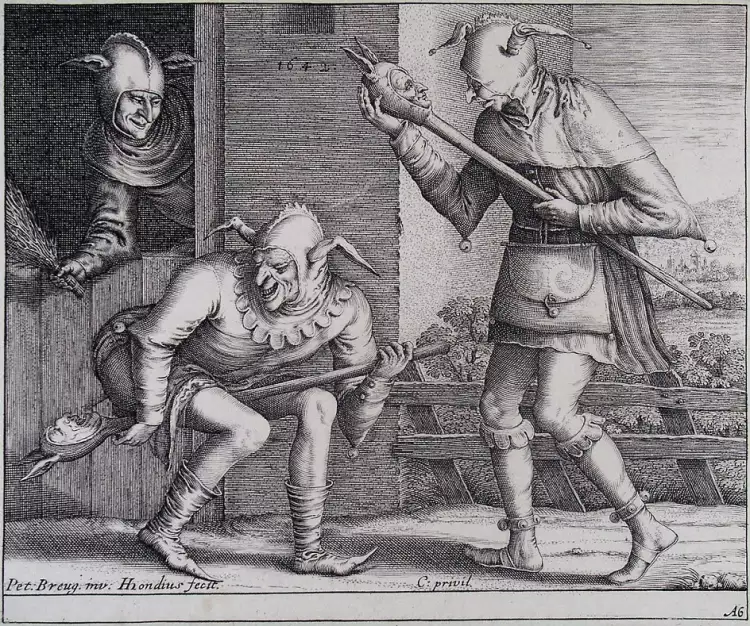 Art. Engraving of the XVII century
Art. Engraving of the XVII century
Historically, it is also customary to divide types of art into genres (themes and subjects of representation) and styles (characteristics of artistic techniques used in works).
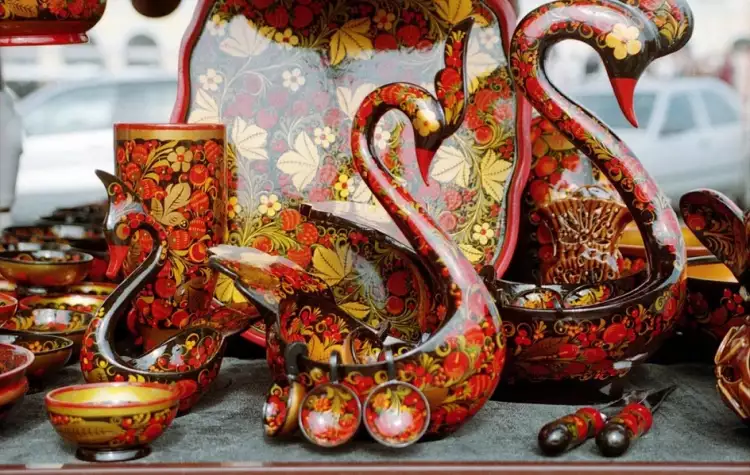 Art. Decorative and applied art. Painted wooden tableware
Art. Decorative and applied art. Painted wooden tableware
The main types of visual art include:
- Spatial (static or visual):
- Architecture (design and construction of buildings).
- Painting (monochrome or polychrome representation of objects and subjects on a flat surface using artistic means).
- Graphics (embodiment of artistic images on a flat surface through lines and strokes).
- Sculpture (creation of three-dimensional works from solid materials).
- Photography (reflection of reality or the author's emotions through photographs).
- Decorative and Applied Art (creation of objects that combine aesthetic and practical functions).
- Synthetic (visual and auditory):
- Theater.
- Cinema.
- Variety Shows.
- Choreography.
- Ballet.
- Circus.
- Television.
- Temporal (auditory):
- Music.
- Literature.
- Poetry.
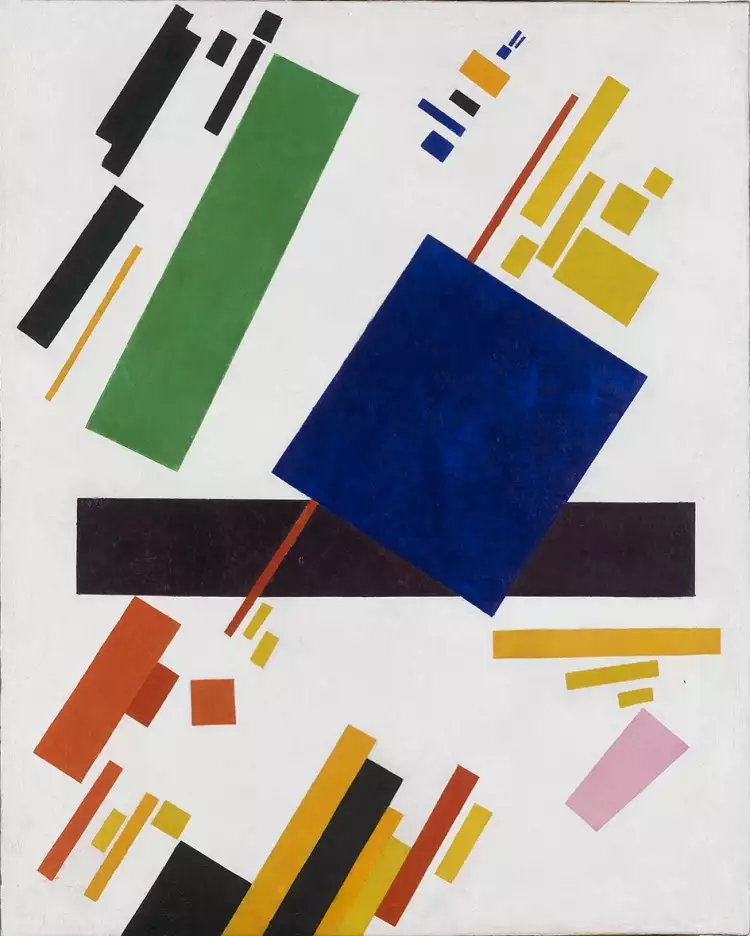 Art. Kazimir Malevich. Suprematism
Art. Kazimir Malevich. Suprematism
History of Art Development
The history of art traces its origins back to ancient times. Among scholars, there is no consensus on the origin of this method of reflecting reality. A significant portion of philosophers believes that the impulse for the birth of art was the work of God, awakening in our ancestors a higher spiritual element and the desire to create. According to another theory, primitive humans sought to understand the surrounding world and pass on acquired knowledge to other members of society through the creation of primitive artifacts (images).
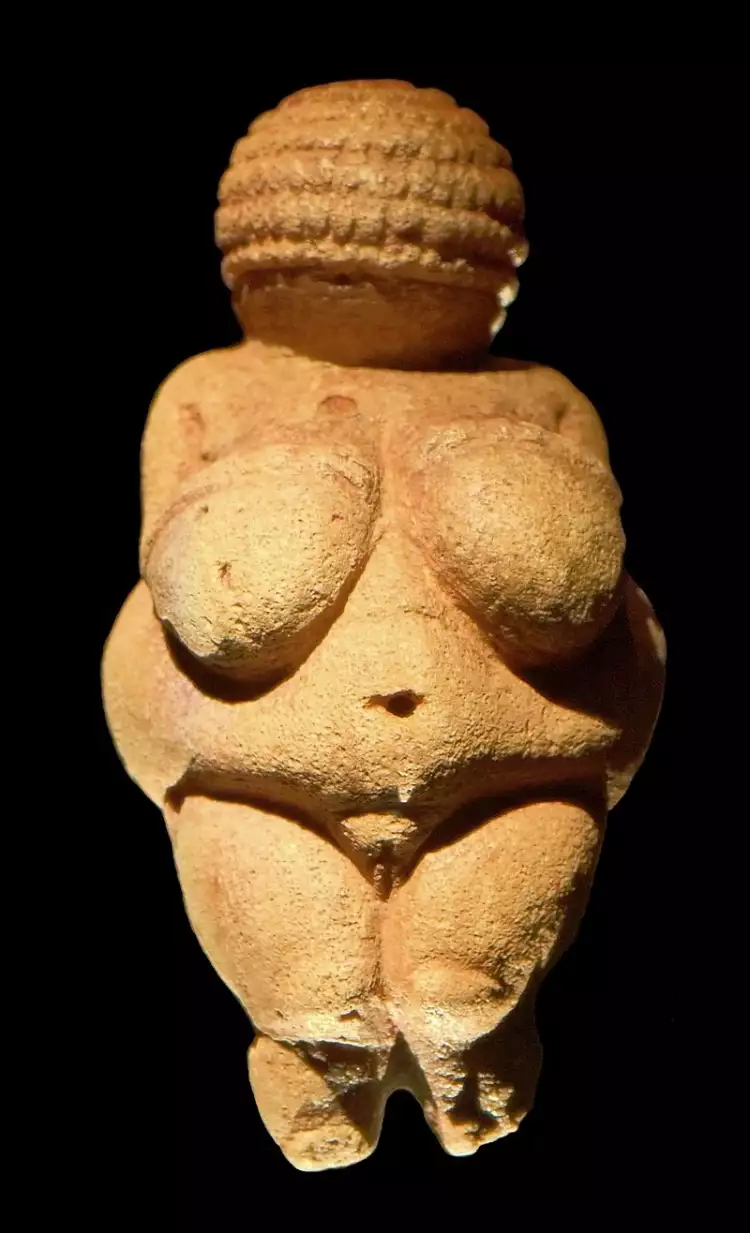 Art. Stone Age statuette. Venus of Willendorf
Art. Stone Age statuette. Venus of Willendorf
Primitive art was closely related to games and rituals. It existed in the form of animal images on cave walls, songs, dances, body decorations with drawings and symbols, and various objects made from available materials (shells, bones, and animal skins).
The emergence of ancient civilizations (Egyptian, Phoenician, Babylonian) marked a new stage in the development of art. Thanks to the division of physical and mental labor, a relatively small portion of people could fully dedicate themselves to creativity and become professional architects, artists, or sculptors.
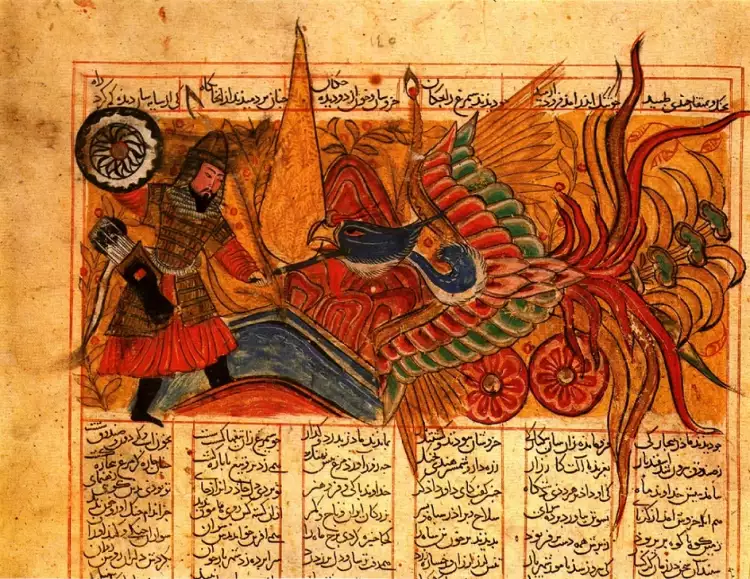 Art. Ancient Persian miniatures
Art. Ancient Persian miniatures
In each center of civilization, a style gradually formed with individual distinctive features. The masterpieces of ancient artisans became a source of inspiration for descendants in the distant future.
During the medieval period in Europe, art was entirely dedicated to serving religion. The main patron of artworks was the church, and the central themes were biblical stories and spiritual truths. In Islamic countries, the prohibition of depicting humans led to the decline of painting. Other forms of art flourished in these regions, such as architecture, carpet weaving, calligraphy, and ceramics. In ancient China, stone carving, sculpture, and painting were highly developed.
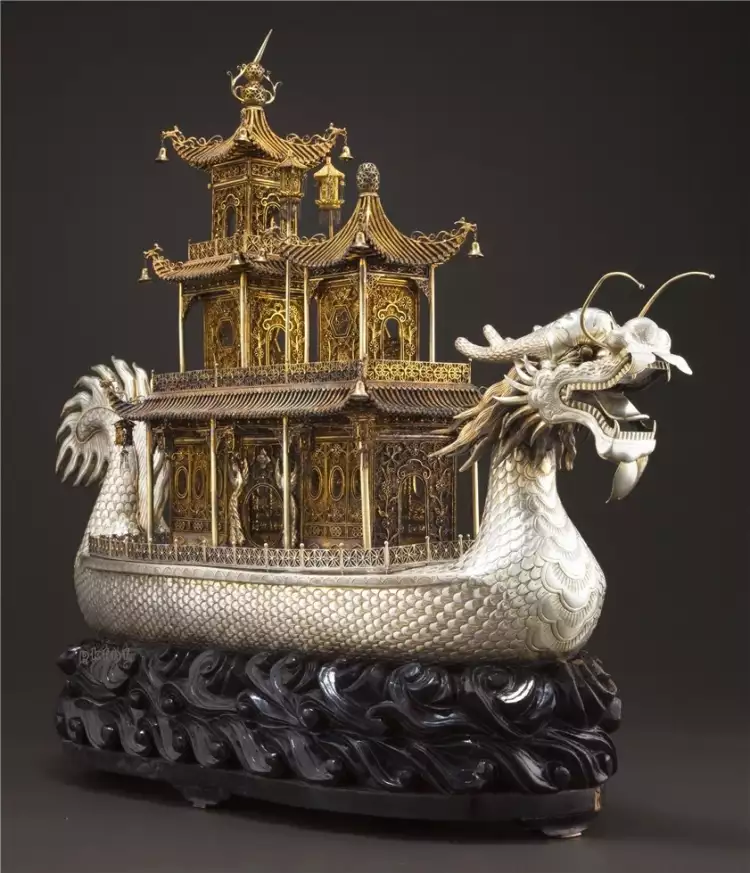 Art. Traditional Chinese bone carving
Art. Traditional Chinese bone carving
The Renaissance era radically changed the concept of art. The revolutionary ideas of humanism served as a powerful driving force for creating masterpieces by Leonardo da Vinci, Michelangelo, and Albrecht Dürer. The invention of the printing press contributed to the development of literature and graphics.
Later, during the Enlightenment era, a time of radical restructuring of social life began. This was inevitably reflected in art with the emergence of new styles:
- Baroque.
- Romanticism.
- Classicism.
- Realism.
- Academicism.
In the second half of the 19th century, the rapid development of capitalism led to the emergence of a whole range of artistic styles:
- Impressionism.
- Fauvism.
- Symbolism.
- Post-Impressionism.
Artists of that time enthusiastically sought new means of artistic expression, not hesitating to experiment and challenge the doctrines of the past.
 Art. Salvador Dali. Sculpture Space Elephant
Art. Salvador Dali. Sculpture Space Elephant
In the 20th century, cinema began to play an enormous role in art. Gradually, it took a dominant position in influencing the masses, shaping lifestyles, and propagating the values of different regimes. The development of the Internet and the widespread computerization of the population at the turn of the 20th-21st centuries gave rise to new forms of media art.
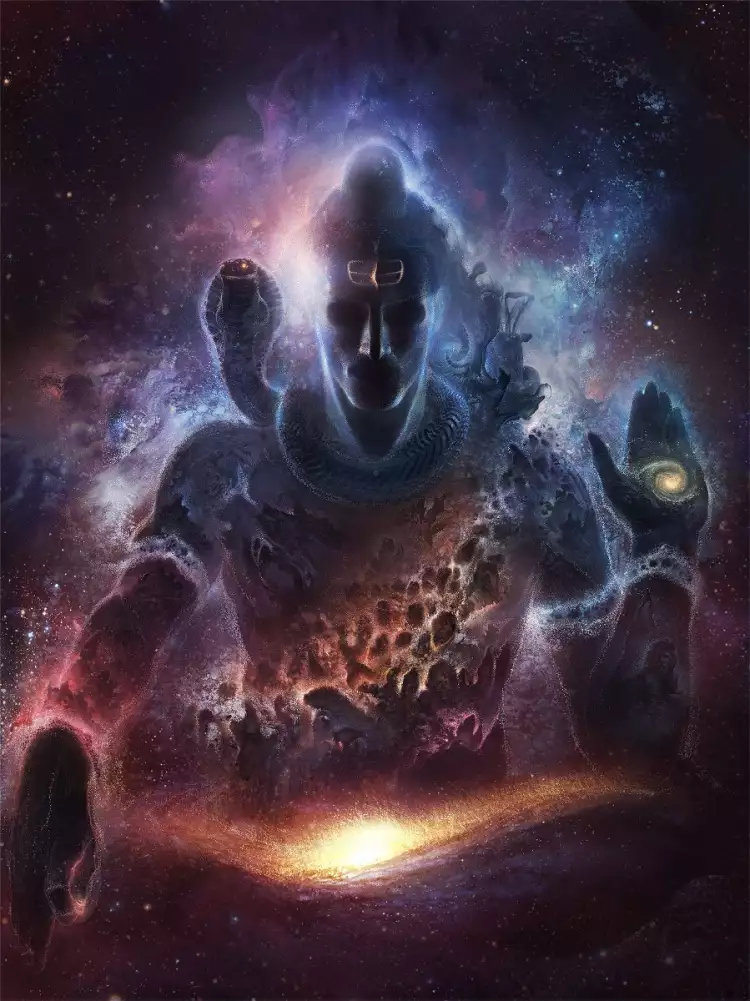 Art. Digital Painting by Android Jones
Art. Digital Painting by Android Jones
Throughout the development of humanity, art has come a long way from cave paintings to the use of computer technologies. However, its role in satisfying the spiritual needs of people has been and remains pivotal.
On the Very Important Lot website, anyone interested can participate in auctions, immerse themselves in the world of beauty, and acquire masterpieces of art from different eras. Here, it is also possible to buy paintings directly from contemporary artists.

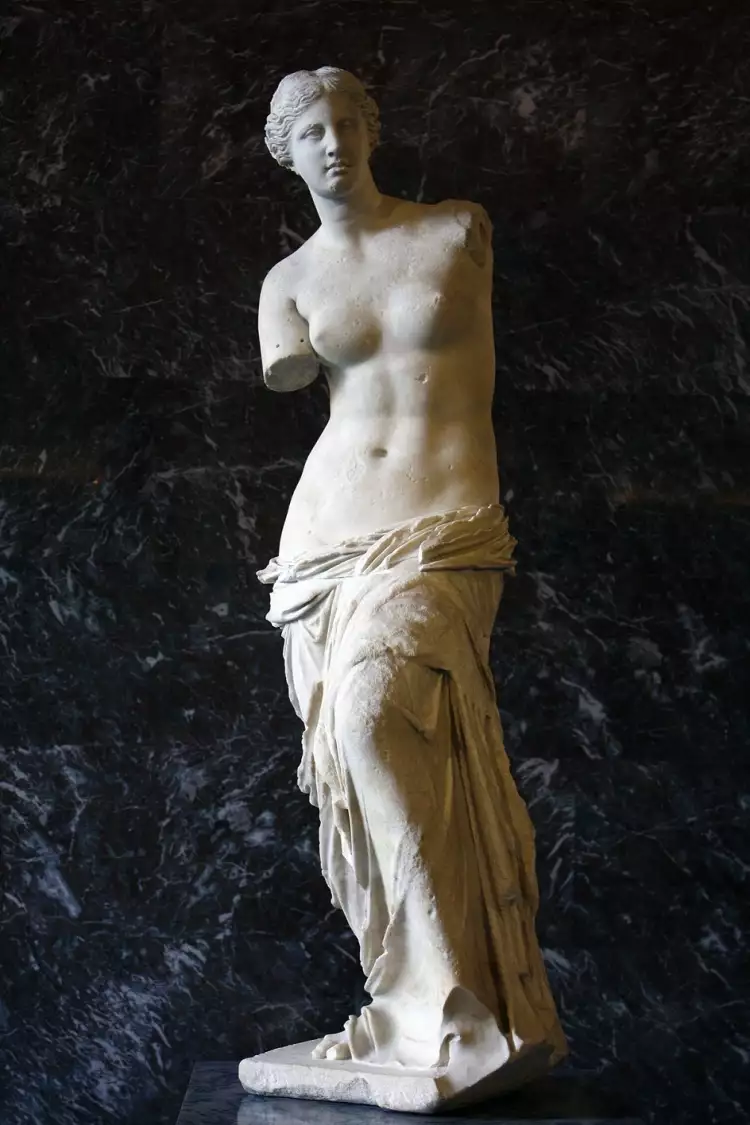
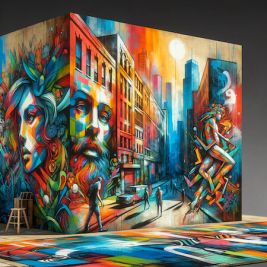 Street Art and Neo-Expressionism: Vital Art Trends of 2023
Street Art and Neo-Expressionism: Vital Art Trends of 2023 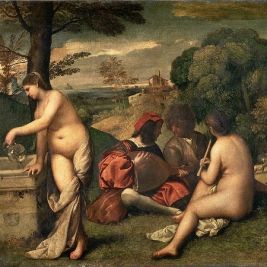 Pastoral is an elegant and carefree genre of art from the Baroque and Rococo periods
Pastoral is an elegant and carefree genre of art from the Baroque and Rococo periods  Innovative Skyscrapers Reshaping Urban Skylines
Innovative Skyscrapers Reshaping Urban Skylines 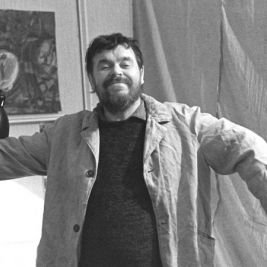 Anatoly Zverev — an unrecognized genius of the Soviet era
Anatoly Zverev — an unrecognized genius of the Soviet era  Special auction Faussner collection
Special auction Faussner collection 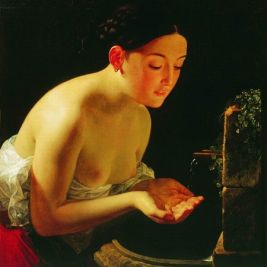 Reproduction is an accurate copy of a work of art: its essence, distinctive features, and merits
Reproduction is an accurate copy of a work of art: its essence, distinctive features, and merits  Realism - the art of portraying life in all its manifestations truthfully
Realism - the art of portraying life in all its manifestations truthfully 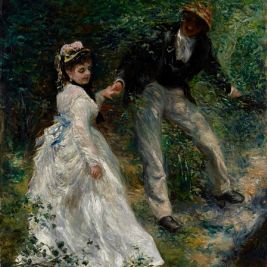 The painting "La Promenade" by Pierre-Auguste Renoir is an example of fleeting happiness
The painting "La Promenade" by Pierre-Auguste Renoir is an example of fleeting happiness 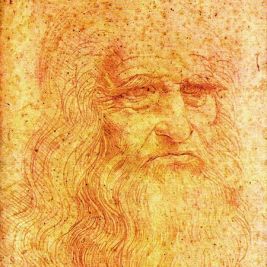 Drawing: essence, types, techniques, and a brief history
Drawing: essence, types, techniques, and a brief history 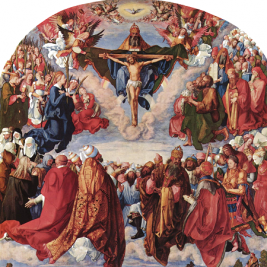 The painting "The Adoration of the Trinity" by Albrecht Dürer - The City of God through the eyes of the artist
The painting "The Adoration of the Trinity" by Albrecht Dürer - The City of God through the eyes of the artist